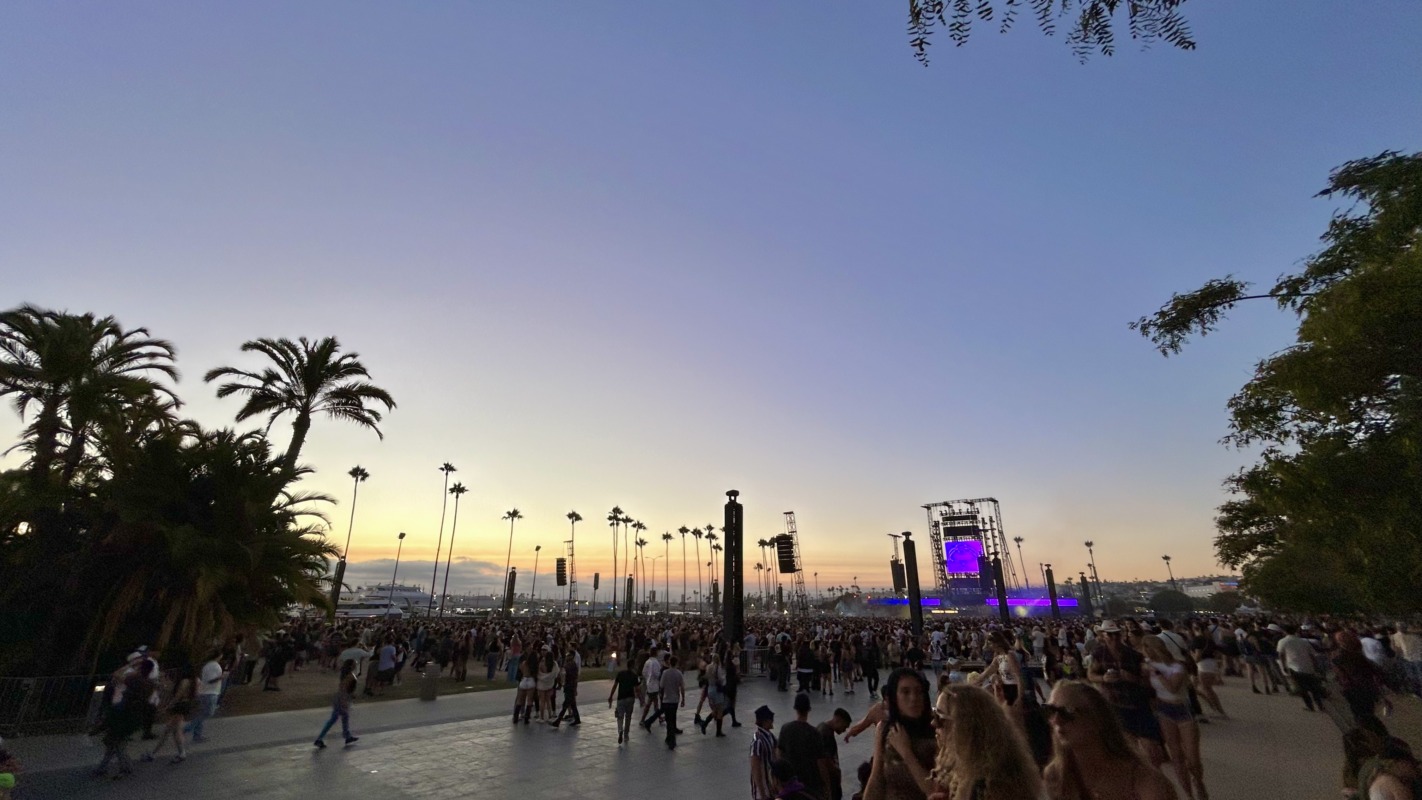Over two decades, One Piece has had its fair share of controversies. Despite these problems, many fans are quick to defend it — and with good reason. One Piece in its right is still a brilliant story and enjoyable show. But regardless of the nostalgia or admiration, it's important to view One Piece with a critical eye — specifically its portrayal of female characters. Not only did Oda’s eccentric drawing style put One Piece in the spotlight, but it also drove its problematic representation of female bodies to the forefront.
Oda’s female characters are either hyper-feminine or outlandishly bizarre, with barely any in-between. But, along with that, the characters’ personalities correlate with the design: “Beautiful” characters are usually damsels in distress or burgeoning heroines, whereas “Bizarre” characters are usually unscrupulous villains or comic relief. With this divide, Oda’s female character designs often perpetuate the idea that beauty equates to goodness or lack of agency.
One Piece's Rampant Same-Body Syndrome
Many anime suffer from "same-face syndrome." In One Piece’s case, it suffers from not only this, but same-body syndrome as well. “Beautiful” female characters in One Piece are notorious for their doe-like eyes, high-rise breasts, and severe hourglass waist.
Oda’s evolved art skills seem to have exaggerated these features further. Exacerbating the issue, Oda explained in one of his SBS Q&A columns that he draws female characters using three circles and an X — one circle for the head, two for the breasts and an X to create the body. Oda's use of a literal template emphasizes the lack of care put into many of his female character designs, making for a roster of nearly cookie-cutter characters.
Although One Piece boasts a diverse range of different body types, representation in context matters. Unfortunately, One Piece’s female characters reinforce harmful stereotypes. Many slim characters are depicted as heroic at heart or are essentially damsels in distress. Nami and Robin's backstories made for excellent and heart-wrenching arcs that developed their characters, however, after their final acceptance into the crew with no more holding them back, their roles slowly shifted to supporting rather than starring. In most of the movies, Nami or another female character needs saving. And in the main series, nudity or revealing clothes is what usually helps save Nami and Robin, rather than strategy or their post-time skip powerups.
More recent arcs also feature beautiful princesses like Vivi, Shirahosi and Rebecca — whose skills and potential leadership abilities have been shoved aside to the point of obscurity. Villains or canonically strong females who are “pretty” are also no exception as they too are cast to the sidelines and often have no featured or well-developed fight. Examples include Boa Hancock and the Amazonians, Smoothie, Captain Tashigi, Rear Admiral Hina and Vice Admiral Tsuru, all powerful women with a lacking presence.
One Piece's Unique Women Are a Joke
For the other spectrum of female characters, the "Bizarre" women, Oda purposely draws them with unconventional designs that are often grotesque or caricature-esque. Often these characters are villains, comic relief or both, depicted as evil, vulgar, and/or blockheaded. Powerful women with personalities that do not reinforce ideas of femininity (e.g. Big Mom or Catarina Devon) are never drawn like the heroines of the main cast. In volume 62's SBS, Oda says he scrapped the original design for Catarina because he could not imagine a beautiful woman in a crude pirate crew, perpetuating unrealistic ideals of performative and hyper-femininity.
Another issue with these unique characters is that they are often reduced to a joke for failing to adhere to the beauty standards of the other female characters. Big and curvy girls are never drawn as attractive and are the only ones subject to slapstick violence. Oda also enjoys dabbling with extremes, so when beautiful women age, they wind up on the other end of the spectrum like Shinobu, and Mother Caramel. The only elderly women who look relatively normal are Vice Admiral Tsuru and Dr. Kureha. Aged male characters, however, are more consistently portrayed as something nearing normal. There may be some laughter here and there, but on a broader perspective, it makes aging for women seem abnormal, demonizing the ageing process and making it appear unnatural, or the result of some moral failure.
The Formative Repercussions of Standardized Character Design
Over the years, the definition of the shonen genre has blurred as demographics have shifted from young boys to people of all ages who enjoy adventure, action and comedy. And although One Piece is shonen, the series is also widely enjoyed by female audiences. So the way female characters are represented in One Piece — placing the value of a woman’s skills and talents on their looks — does not do a large portion of its readers justice.
Male audiences are not excluded from harm. The three circles and an X template can create misleading ideations about women. They are oversexualized, objectified by the male gaze and subjected to the fetishization of only physically attractive women needing protection and attention.
Despite all these arguments, Eiichiro Oda will not change the way he draws his female characters anytime soon. Problematic portrayals will be overshadowed by One Piece’s overall draw — a fun and romantic story about pirates on a grand adventure. Furthermore, the anime and manga industry is intrinsically tied to merchandise, so Oda’s female characters have profitable commercial value (which ties back to how hypersexualized female characters are in general). But nevertheless, it's important to question and see the repetitive designs for what they are: a deep seated issue that extends beyond even Oda himself.
On the bright side, viewers are growing more aware of the importance of representation and diversity. Anime fans can still enjoy One Piece as long as they are more conscious about harmful underlying messages and recognize there is no pressure to act or look like what they see on screen.
About The Author

